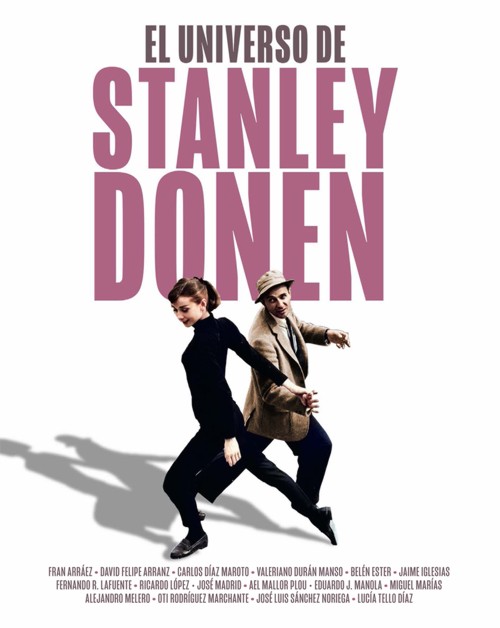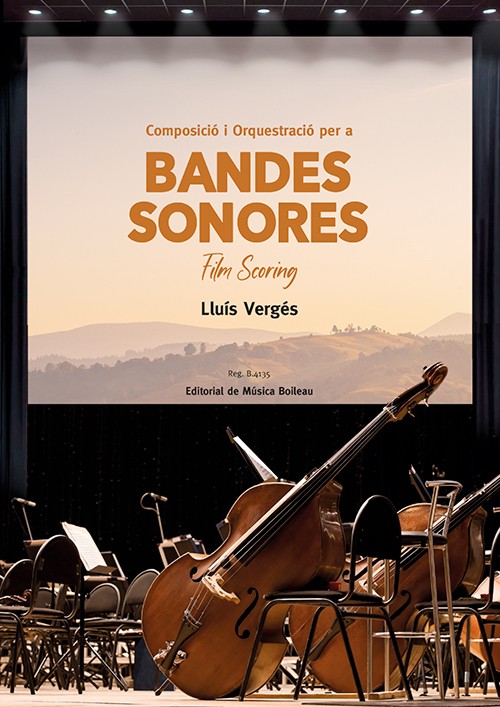
Settling the Score. Music and the Classical Hollywood Film
Kalinak, Kathryn
University of Wisconsin Press. 1992Ficha técnica
- EAN: 9780299133641
- ISBN: 978-0-299-13364-1
- Editorial: University of Wisconsin Press
- Fecha de edición: 1992
- Encuadernación: Rústica
- Dimensiones: 15x22
- Idioma: Inglés
- Nº páginas: 256
No disponible temporalmente
Disponibilidad sujeta a la información del editorPVP. 29,00€
Añadir a la Lista de deseos
Beginning with the earliest experiments in musical accompaniment carried out in the Edison Laboratories, Kathryn Kalinak uses archival material to outline the history of American music and film. Focusing on the scores of several key composers of the sound era, including Erich Wolfgang Korngold's Captain Blood, Max Steiner's The Informer, Bernard Herrmann's The Magnificent Ambersons, and David Raksin's Laura, Kalinak concludes that classical scoring conventions were designed to ensure the dominance of narrative exposition. Her analyses of contemporary work such as John Williams' The Empire Strikes Back and Basil Poledouris' RoboCop demonstrate how the traditions of the classical era continue to influence scoring practices today.
"Music in film may seem incidental, but Kalinak shows its extreme importance as both 'articulator of screen expression and initiator of spectator response.' Who can forget the theme from Jaws, which turned a peaceful ocean scene into a threatening nightmare? . . . This major work on scoring goes a long way toward proving the importance of music in film."
?Library Journal
"Settling the Score is intended for general readers with minimal technical musical and contemporary theoretical skills. [Kalinak's] goal is, in fact, to 'settle the score' between the cinematic visual and aural, to promote music as an equal partner to the visual. In order to do so she provides a brief but illuminating historical summary of sound and music in film. Kalinak's strongest sections include a detailed discussion of the differences between music for silent films and sound films, and analyses of several different stylistic approaches toward musical composition in the Classical Hollywood film."
?Bill Thornhill, Hitchcock Annual
CONTENIDO:
Illustrations
Acknowledgments
Introduction
- Part 1: Film Music and the Classical Hollywood Film Score
Chapter 1: The Language oí Music.
A Brief Analysis of Vertigo
Chapter 2: A Theory of Film Music
Chapter 3: The Silent Film Score.
A Structural Model
Chapter 4: The Classical Hollywood Film Score.
Captain Btood: A Working Model
- Part 2: Textual Analyses
Chapter 5: "Every character should Nave a theme"
The Informer: Max Steiner and the Classical Film Score
Chapter 6: The "hysterical cult of the director"
The Magnifcent Ambersons: Music and Theme
Chapter 7: "Not exactly Classical, but sweet"
Laura: New Directions
Chapter 8: John Williams and "The Empire" Strike Back
The Eighties and Beyond: Classical Meets Contemporary
Conclusion
Notes
Bibliography





